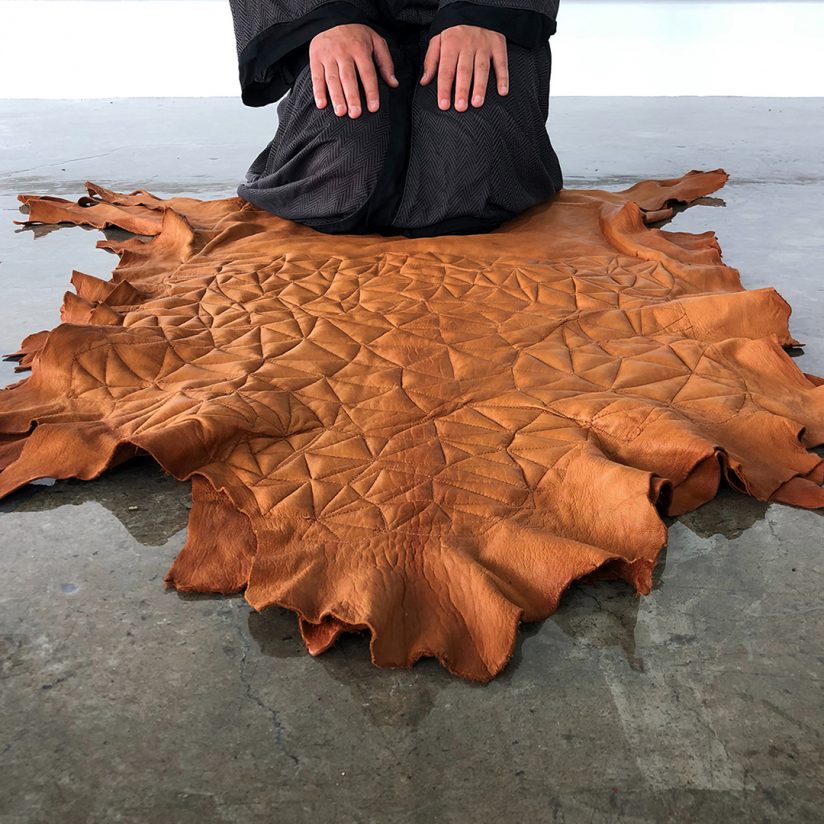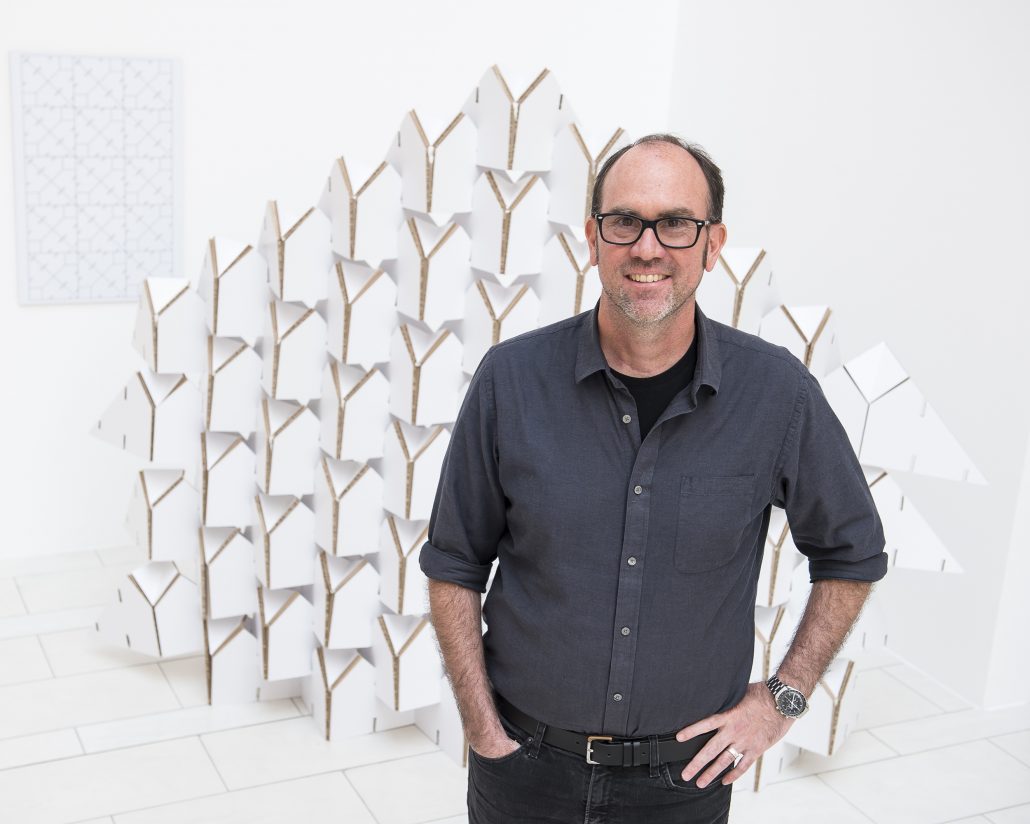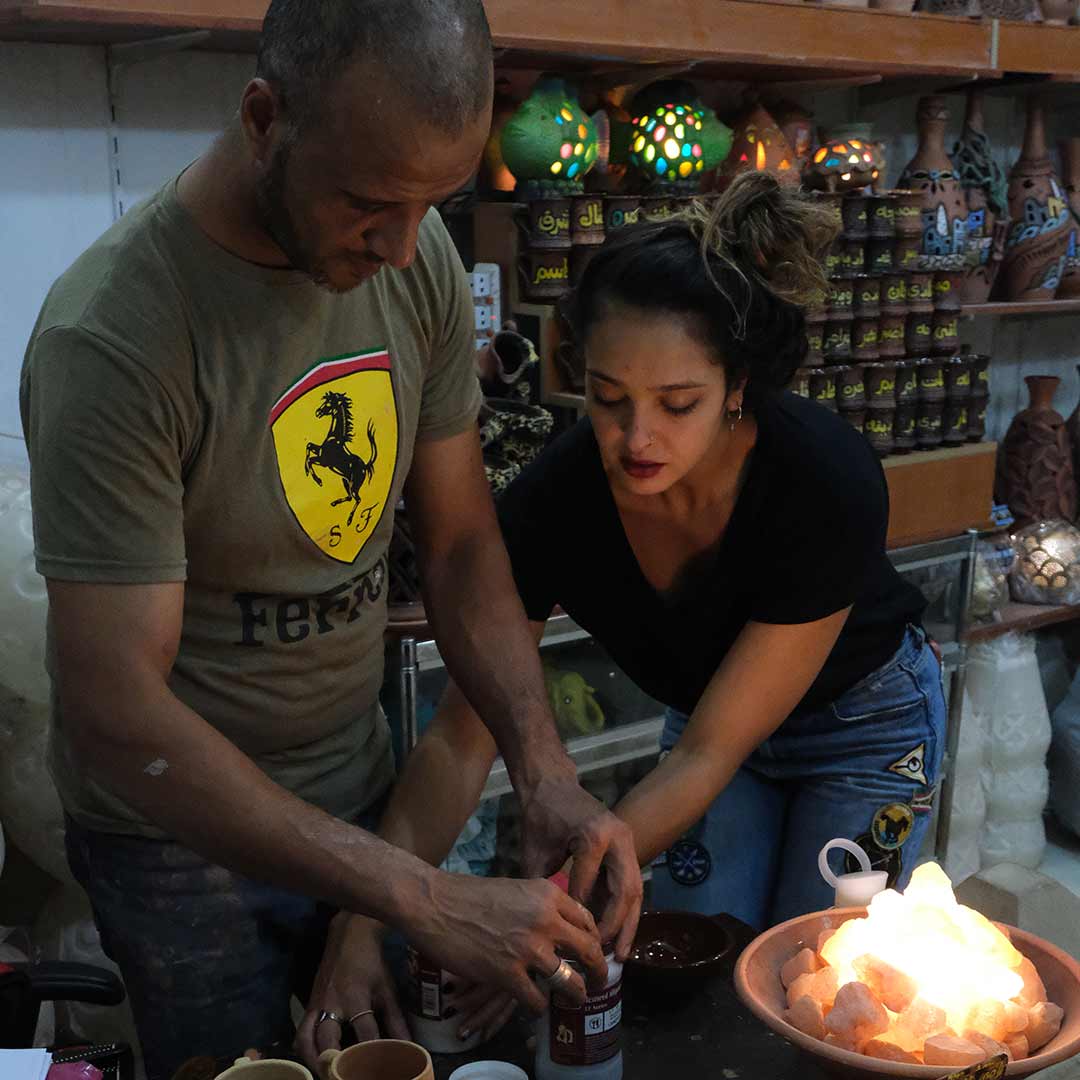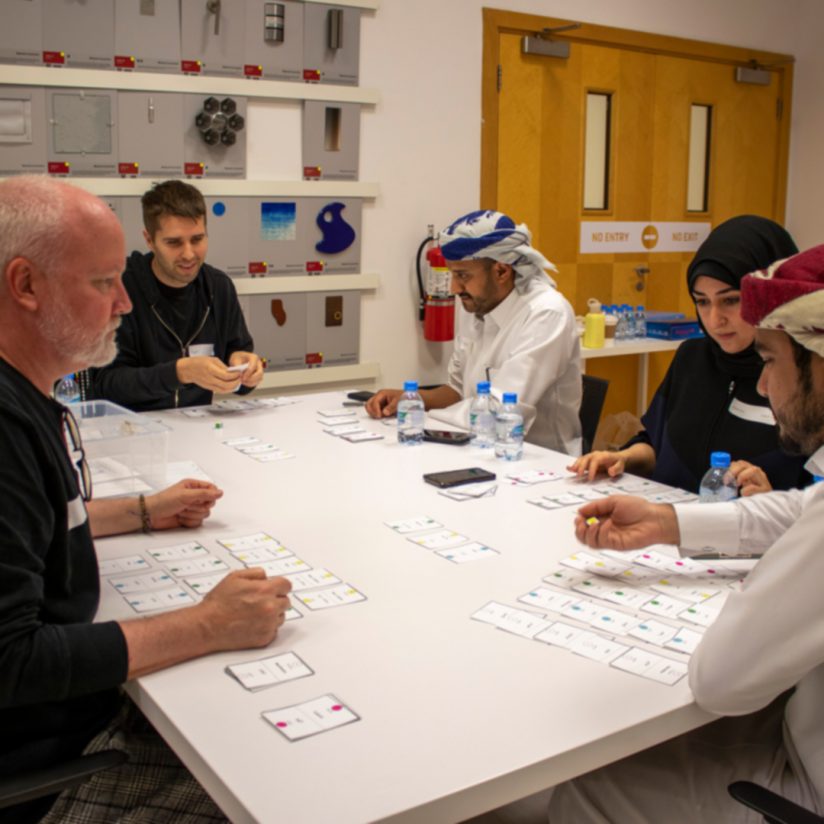The New Authentic Qatari Products
The Class of 2020 students from the Virginia Commonwealth University School of Arts in Qatar (VCUarts Qatar) have put up their final presentation to view through a website dedicated to their creativity. We shine the light on the work of Asma Derouiche who investigates the possibility of 100% Qatari handicrafts and finds that collaborations with the available resources and the existing environment is the NEW “authentic”.
This year’s graduate students of VCU Qatar while battling pressures of lock-down and completing their project from the confines of their homes have touched on topics of escaping chaos, cultural production in Qatar, edible packaging, bridal dresses, third culture kids, designer babies, Palestine, mental health, fake news, and social hierarchies.
Challenges were mostly related to the expectation to produce tangible work, but the need to communicate about that work virtually, in order to make it happen. For students who draw, prototype and use digital models to make design decisions, that transition was fairly smooth.
Rab McClure,
Director, MFA in Design
Altogether 70 art and design projects were presented at the Bachelor of Fine Arts and Master of Fine Arts show – curated as the BFA+MFA 2020 Online Show – all of which are on display here. VCUarts Qatar BFA + MFA 2020
The pandemic affected the students in different ways, according to their Rab McClure, Director, MFA in Design, and it was a true test of resourcefulness which most students passed with flying colours. He says, “During or just after Spring Break when it became clear the building would close, students who were planning to use school fabrication facilities to complete their projects had to quickly develop alternative plans. For some, it was a matter of finding willing fabrication partners who could work from drawings and instructions to complete the work on a contract basis. If students had made decisions by that point and documented their design intentions, that transition went smoothly and resulted in well-executed outcomes — in some cases benefiting from the collaborative nature of working with a skilled fabricator. For students whose work was still in a more schematic phase, those conversations were more complicated, and in some cases, businesses were closed by the government before projects could be executed. Of our five students, two had improved outcomes, due to serendipitous collaborations; one re-imagined her project as something that could be produced and experienced in a virtual space; one presented her project in the form of digital models (which would otherwise have been produced physically), and one decided to wait until fall to finish.”
Rab believes that the challenges were mostly about the need to communicate work virtually this is a skill they will need to scale in a real-life setting so this pandemic gave them a crash course of the challenges they would eventually face while pursuing their jobs. “Challenges were mostly related to the expectation to produce tangible work, but the need to communicate about that work virtually, in order to make it happen. For students who draw, prototype, and use digital models to make design decisions, that transition was fairly smooth. They could share those drawings and talk on the phone or via video chat to iron out the specifics with a remote fabricator. For students who prefer to make decisions as they work, in response to hands-on interaction with materials, it was more of a setback.”
SCALE talks to Asma Derouichi, and focuses on one of the MFA design projects in this series to understand the thought process behind the material.
WHAT IS 100% QATARI?
ASMA DEROUICHI
Asma who is from Tunisia is used to a homogeneous culture where authentic handiwork is used to describe artworks from local craftsmen with materials and techniques indigenous to the country. But what she saw in Souq Waqif was a contradiction to her beliefs which made her dig deeper into the word authenticity in the Qatari context and which led her to create products that redefined her beliefs on authenticity or rather celebrated the heterogeneous nature of the product.
“The non-Qatari aspects— of these “100% Qatari Products”—are precisely the qualities that define them as truly Qatari.”
Asma Derouichi
VCUQatar
Can an artifact be considered authentic to a country if it is not made using local materials and manpower, contemplated Asma.
After visits to Souq Waqif, and conversations with local artists there, she realized that what she was exploring – the question of authenticity –would be challenged.
Where Qatar was concerned, “authentic” meant using available materials and manpower – irrespective of country or culture – to replicate the country’s antiquity and traditions.
“In a way, it resonates with the identity of the country. Qatar is cosmopolitan and welcoming, and it seemed to adopt this same outlook towards preserving its heritage – a mix of cultures contribute to the “authentic” art and crafts sold in Souq Waqif. It’s the new authentic,” she says.
In her quest to find the new authentic handicrafts she came up with the brilliant idea of teaming them up with designers from VCUarts Qatar to create Qatari artifacts.
Regarding the question related to the implementation of the project in Qatar and its relevancy: I am suggesting a novel authentic artifact in Qatar that highlights and celebrates the inherent diversity of the Qatari product. The emergent identity of the state of Qatar is unique and presents great opportunities for a multicultural society that fosters innovation, embraces diversity, and expands a new dimension of authenticity.
Here she tells Scale about her project and the depth of her thought-process.
What is authentic handicraft?
The country has become the very proof that what was conceived as an inherent, inherited, and static quality—i.e., authenticity—actually emerges as an experience engendered by a highly heterogeneous land, gathering diverse attributes in a way that remains unique and unprecedented. Thus, the transitioning emergent identity and cultural authenticity of Qatar are now calling for a re-exploration of the notion of authenticity through the promotion of cultural appreciation and the contribution of its transitioning community.
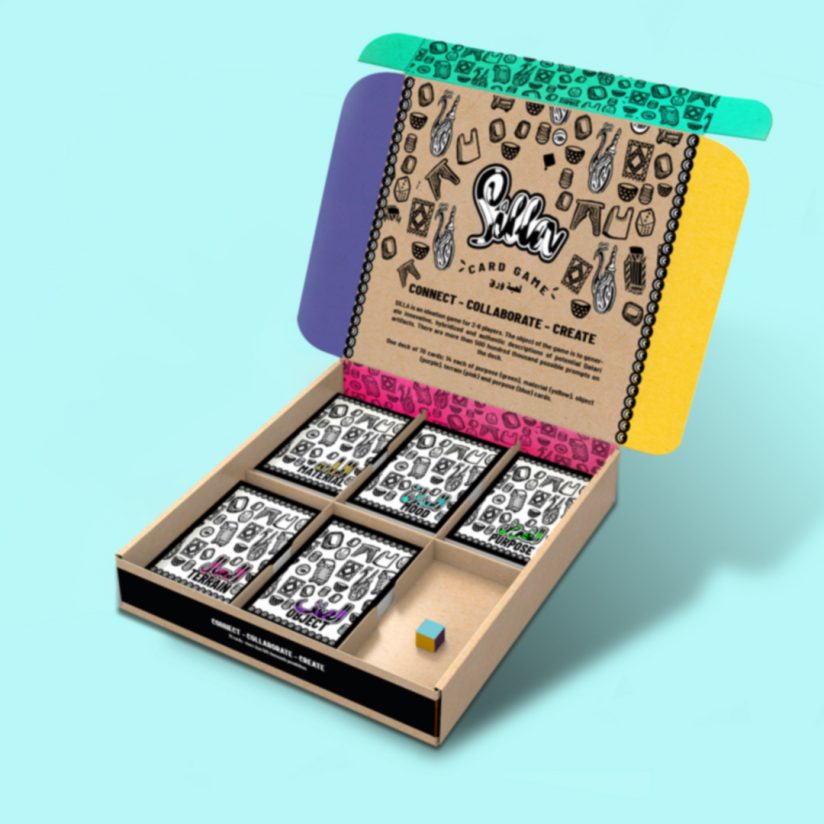
Proof of the collaboration between the Souq artists and faculty designers can be seen in the unusual twists they’ve applied in their interpretation of design – such as the geometric design of a leather prayer rug shown in the main image.
Is there a market for Qatari products?
If what is considered “foreign” brands are brands created by a community living in Qatar but not necessarily locals then these brands need to be celebrated because they emerge from local culture and contribute to the formation of the cultural identity of the country.
Throughout my investigations, the heritage of the so-called, “100% Qatari Products,” turned out to be extremely diverse. In actuality, items are made in Qatar by non-Qatari people, using imported material, inspired by a broad range of cultural influences, and they are bought by Qatari and non-Qatari communities for many purposes.
Paradoxically, one might argue that the non-Qatari aspects— of these “100% Qatari Products”—are precisely the qualities that define them as truly Qatari. Qatar, after all, is the stage for a vivacious, creative and innovative collection of possibilities that emanate from a diversified setting, populated with diversified communities. Qatari artifacts, which used to be considered monolithically authentic, actually exist due to circumstances engendered by a highly hybridized land, which brings together a variety of features. The uniquely thorough heterogeneity of “100% Qatari Products” paves the way for a New Authentic.
How has the collaboration worked?
Proof of the collaboration between the Souq artists and faculty designers, can be seen in the unusual twists they’ve applied in their interpretation of design – such as the geometric design of a leather prayer rug.
In fact, riding on the success of this project, I will be launching an initiative at Msheireb – a platform where designers and artists from the wider community can collaborate to create similar artifacts and artwork.”
(to be continued with more MFA students’ designs…)
All Images Courtesy: VCUarts Qatar

